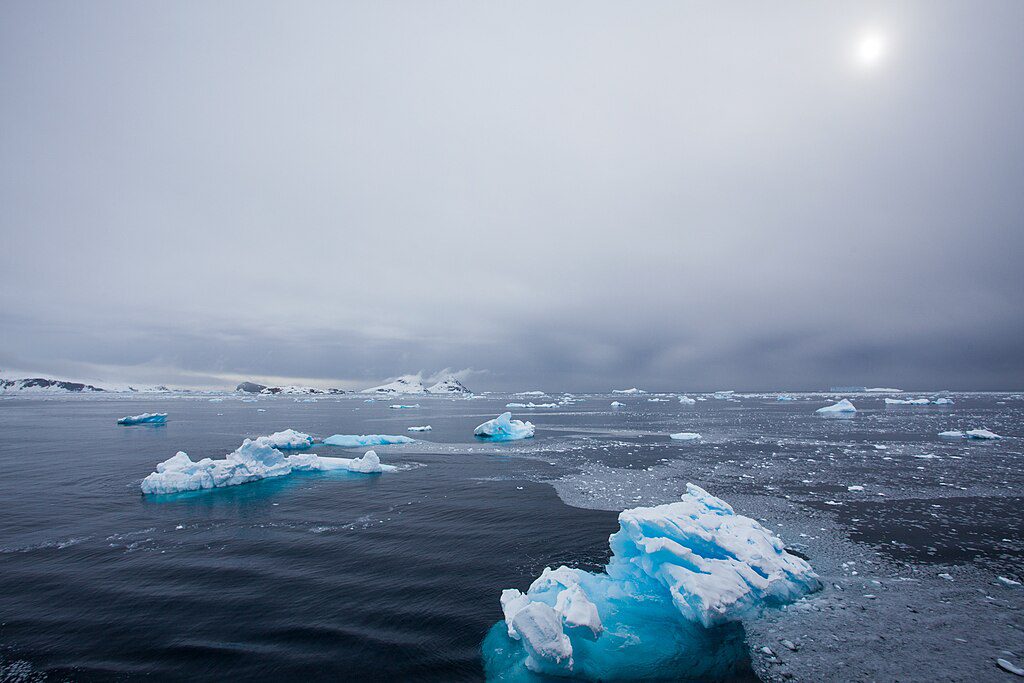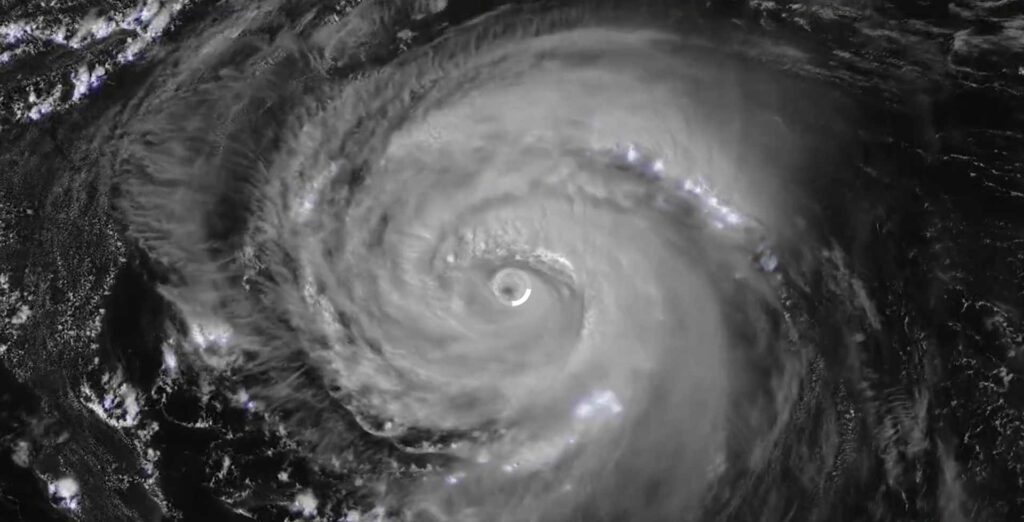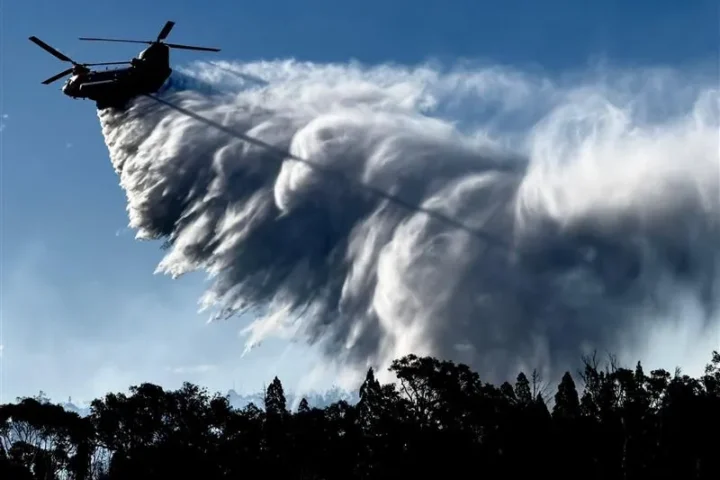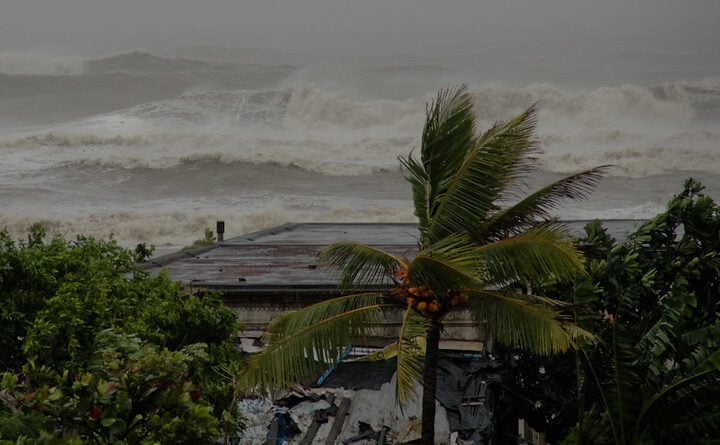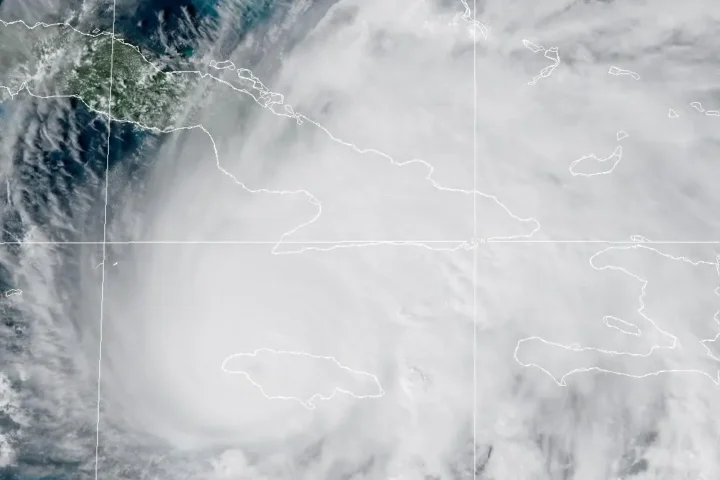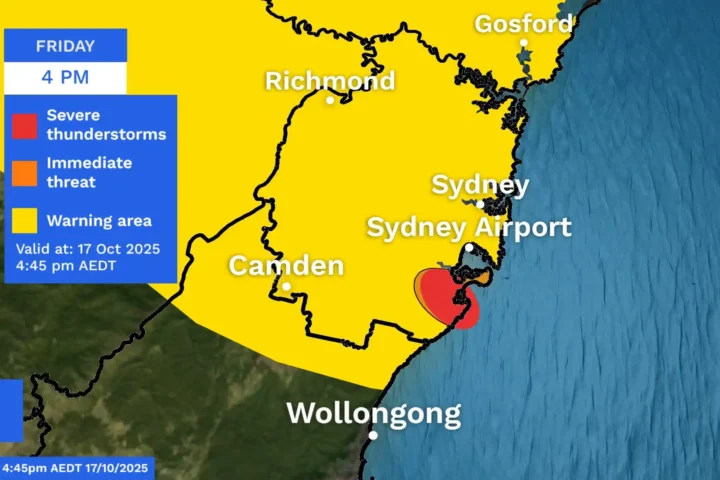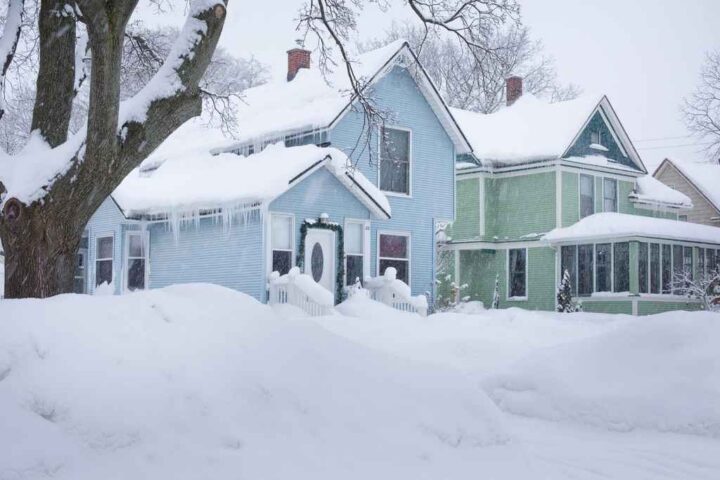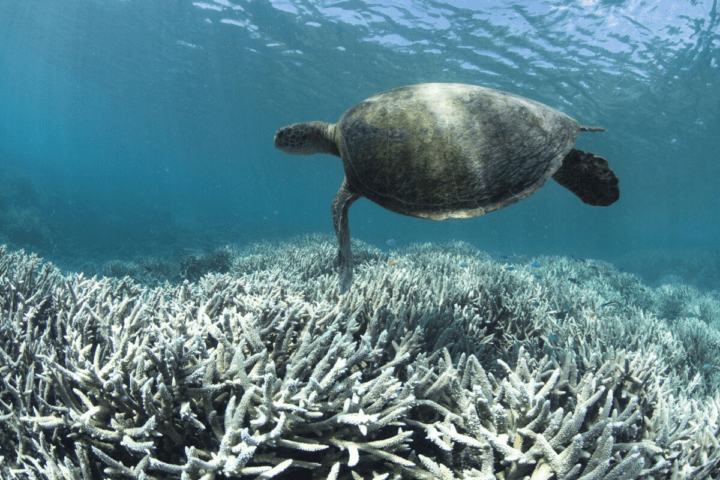Antarctic sea ice has reached concerning new lows, with scientists warning it may signal a climate tipping point that could trigger far-reaching effects on ocean circulation, sea levels, and marine life.
The summer of 2025 marked another troubling milestone as Antarctic sea ice reached its minimum extent of 1.98 million square kilometers on March 1, tying for the second-lowest level in the 47-year satellite record. This continues a worrying trend, as the past four years have recorded the four lowest sea ice minimums ever measured.
“Antarctic sea ice may actually be one of those tipping points in the Earth’s system,” said Nerilie Abram, chief scientist at the Australian Antarctic Division. “Once we start losing Antarctic sea ice, we set in train this self-perpetuating process.”
Unlike the steady decline seen in Arctic sea ice over decades, Antarctica’s ice loss has been more sudden and potentially more concerning. The recent Nature study gathered data from observations, ice cores, and ship logbooks to place current changes in historical context. Scientists found that Antarctic sea ice has dropped “far below its natural variability of past centuries” in what appears to be a “regime shift.”
This shift has knock-on effects across the Antarctic environment. A smaller ice sheet reflects less solar radiation, meaning Earth absorbs more heat. Scientists have detected a weakening of the Antarctic Overturning Circulation, an ocean-spanning current that distributes heat and nutrients while regulating weather patterns.
Similar Posts
Wildlife is already suffering, with emperor penguins struggling to breed on diminishing ice. Krill populations, which feed below the ice, face declining habitat, while warming surface waters reduce phytoplankton that draw carbon from the atmosphere.
Particularly concerning is how these changes might interact. The loss of sea ice increases warming, which melts more ice, creating what scientists call a “self-perpetuating” cycle. Recent research shows Antarctic meltwater is slowing ocean circulation, which could further accelerate ice loss and potentially trigger sea level rises, changes to rainfall patterns, and marine ecosystem disruptions.
While cutting carbon emissions would reduce risks, scientists warn that some Antarctic changes may already be unstoppable. “Even if we stabilize the climate, we are committed to still losing Antarctic sea ice over many centuries to come,” Abram explained.
The evidence suggests that what happens in Antarctica won’t stay in Antarctica – its effects will reach across the globe through ocean currents, weather patterns, and rising seas.
